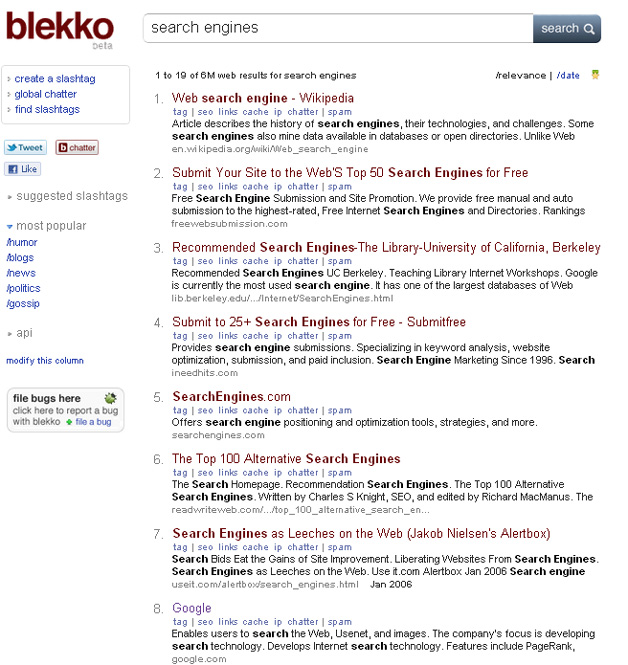The world of search engine marketing is ever-changing, and it’s no secret that mobile continues to take over the desktop. Google has a new feature, even beyond a related ranking signal for organic search on mobile devices, that gives businesses more incentive to have mobile apps for search marketing purposes. It essentially expands as search marketing-related benefit device-wide, as opposed to limiting it to the actual search results page.
At Google I/O, Google announced the launch of something called Google Now On Tap. It’s a new feature in the latest version of Android, which the company unveiled in developer preview. You’d be forgiven if you missed that particular announcement as the company made many of them.
Google Now on Tap is essentially a way for you to utilize Google Now on your own terms rather than in the confines of Google itself. While Google Now already served as a virtual assistant, this makes it even more so.
Do you see Google Now on Tap as a new opportunity to increase visibility of your content? Share your thoughts about it in the comments.
“Since we launched Google Now, we’ve been expanding the ways it can help and do more of the work for you,” says director of product management Aparna Chennapragada. “You can get notifications like where you parked your car, news stories based on your interests, or help with travel like your upcoming reservations. We’ve also gotten better at giving smarter answers to some of your questions (‘Is my flight on time?’) and at helping you get things done across your apps (‘Ok Google, play Sugar on Spotify’).”`
“We’re working to make Google Now a little smarter in the upcoming Android M release, so you can ask it to assist you with whatever you’re doing—right in the moment, anywhere on your phone,” Chennapragada explains. “With ‘Now on tap,’ you can simply tap and hold the home button for assistance without having to leave what you’re doing—whether you’re in an app or on a website. For example, if a friend emails you about seeing the new movie Tomorrowland, you can invoke Google Now without leaving your app, to quickly see the ratings, watch a trailer, or even buy tickets—then get right back to what you were doing.”

“If you’re chatting with a friend about where to get dinner, Google can bring you quick info about the place your friend recommends,” Chennapragada adds. “You’ll also see other apps on your phone, like OpenTable or Yelp, so you can easily make a reservation, read reviews or check out the menu.”

When the user taps and holds the home button, Google presents options for its best guess of what might be helpful in the moment. If it doesn’t provide the right thing(s), the user can say, “Ok Google” from any screen or app. If it works as advertised it’s pretty smart. If you’re listening to a band on Spotify, Google says you can simply ask “who’s the lead singer?” and it will get you the answer.

As Google notes, it shows apps from your phone that may help with what you’re doing based on context. It might tap IMDb for movie review, OpenTable for reservations, etc.
There’s an SEO element to all of this. App indexing. Google recently made App Indexing a ranking signal for mobile search results on Android devices, and announced that it’s starting to index iOS apps as well. Google Now on Tap is another reason to utilize app indexing.
Clickz says Google Now on Tap “makes app search optimization more critical than ever.” Emily Alford reports:
While the announcement comes as a boon to app developers, it also means that it’s now more important than ever for brands to think about App Search Optimization> (ASO) along with SEO, since Google is taking both into consideration for Now on Tap, according to Danielle Levitas, senior vice president of research and analysis for App Annie, which provides app ranking data and mobile analytics for businesses.
“Part of the reason Google is providing deep linking is to give developers another way to be discovered outside of the app store,” says Levitas. “SEO is still critical, but you’ve also got to think about ASO, which has to do with keywords for discoverability, how an app is described, and even its reviews. But Now on Tap actually makes mobile and the app experiences easier for brands to execute because they can think about discoverability as a continuum as opposed to these two very disparate platforms.”
Google says Now on Tap another way to get apps in front of users at the right moment. If you have an app with content that people need to see, well, that applies to you. Luckily, beyond app indexing, there’s nothing else you really have to do to be integrated with Now on Tap. Just have your app indexed by Google.
While optimizing for Google via app indexing is one thing, businesses will also need to market their actual apps in other ways to drive app installs. The more people who have your app installed, the more chances they’ll have to actually see the content within via Now on Tap. As the Clickz article points out, a lot of downloaded apps are rarely opened, and Now on Tap could be just what those apps need to get more engagement from the users who downloaded them in the first place.
In other words, if you’ve found app creation to be a waste of time in the past because you didn’t think people would really use your app, this means that people may actually use it more, provided that you can convince them of its usefulness enough in the first place to get then to download it.
Google does say it will have more details about everything once the release of Android M gets closer. In the meantime, I really can’t urge you enough to get your mobile apps indexed, and if you don’t have a mobile app, now is a better time than ever before to build one or have one built. It’s becoming a matter of visibility in Google, and that’s not even taking the Google Play Store into account, which is now doing paid search results like Google Search.
It’s actually possible that your business may be able to take advantage of Now on Tap in the future without having an app, as the company is reportedly considering including website content in the feature at some point, but that hasn’t been announced.
Does your business have a mobile app? Do you expect Google Now on Tap to make a significant difference? Share your thoughts in the comments.
Images via Google











































